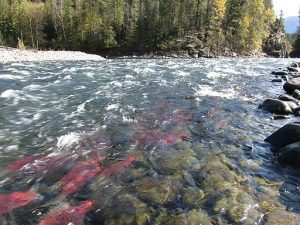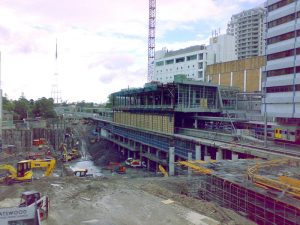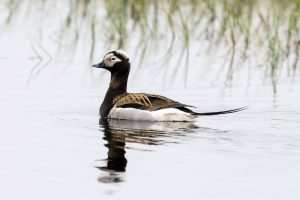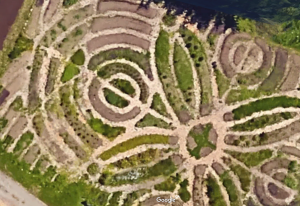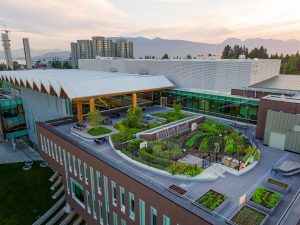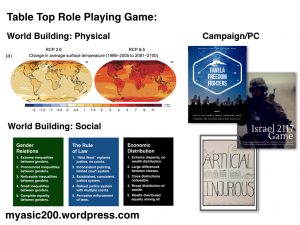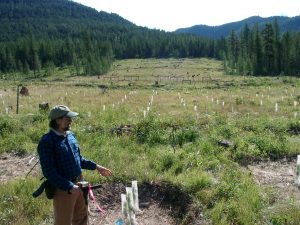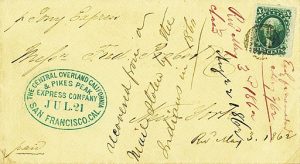Tribal science and farmers’ resistance: salmon habitat restoration in the American Northwest
North American salmon have significantly shaped the ecological, cultural, and economic standards of the Pacific Northwest. Before European settlement, salmon played an…
Protection of IUCN endangered species from urban expansion and redevelopment
In his book On the Origin of Species, Charles Darwin went over the theory of evolution by natural selection. Alluding to Thomas Malthus’ principle of exponential population growth, Darwin explained that…
The Christmas or New Year bird count ornithological activity – its values and drawbacks.
The Christmas or New Year bird counting is an activity that aims to provide data in conservation biology. It is organized by the National Audubon Society, and it makes huge contributions to conservation.
Ethnobotany
The University of British Columbia aims to advance knowledge through research, teaching, and community engagement. Innovations and emerging areas of excellence are constantly explored to move forward, towards the unknown.
Urban Agriculture
In 1915, the UBC Vancouver campus was established. The Faculty of Agriculture was amongst its founding units. The original campus plan proposed approximately 200 acres (a large proportion of the campus area at the time)
Future World Role Playing Game
In this project, the exercise is to create the world in which a role-play game will be set. Think of this as an exercise in future studies or futurology, combined with elements of creating the setting for a futuristic novel or film. In essence, students are asked to construct a future world consistent with what we know today. All students will submit two separate individual assignments of 1500 words and 2000 words respectively, detailing their own future world projection. In their groups, students will collectively design their future world (using notes from their solo assignments) for use in the next step of the group assignment: scenario design.
Soil Fauna on the Long-term Soil Productivity Sites in BC
The forest soils are characterized by an enormous diversity of animal species. Soil fauna play a variety of roles in soil development and the maintenance of soil fertility. Soil macrofauna are defined as organisms bigger than 2 mm in body and includes ants, beetles, spiders, centipedes, millipedes, and earthworms. Although generally less numerous than soil mesofauna, macrofauna can represent a significant proportion of the animal biomass in the soil and play an important role in soil ecosystem function
Soil Fauna and Rangelands
Soil fauna play important roles in soil development, soil fertility maintenance, and the decomposition of organic matter in grassland habitat. Decomposition and nutrient recycling are essential soil processes to maintain a healthy and sustainable grassland ecosystem. Soil fauna influence bacterial and fungal biomass via grazing, liberating immobilized nutrients, and stimulating further fungal and bacterial activity, as well as, enhancing plant growth. These organisms may also be useful as bioindicators of soil quality.
Vancouver Landfill
Vancouver Landfill, that currently occupies 225 ha, has been in operation since 1966. To date none of the areas of the landfill has been permanently closed. In 2000, a detailed Design and Operations Plan was prepared for the landfill and it includes phase development strategy for progressive closure. An area of the landfill selected for the initial closure consists of 40 ha located in the western part of landfill.
Forest Nutrition Management
I operate a provincial woodlot license on northern Vancouver Island near Port Hardy. The forest is predominantly old-growth cedar-hemlock, with some second-growth hemlock-amabilis in higher areas. It is all in CWHvm1. One block that I harvested 13 years ago is now looking poor – leader growth is much reduced and many trees have yellowish foliage.
